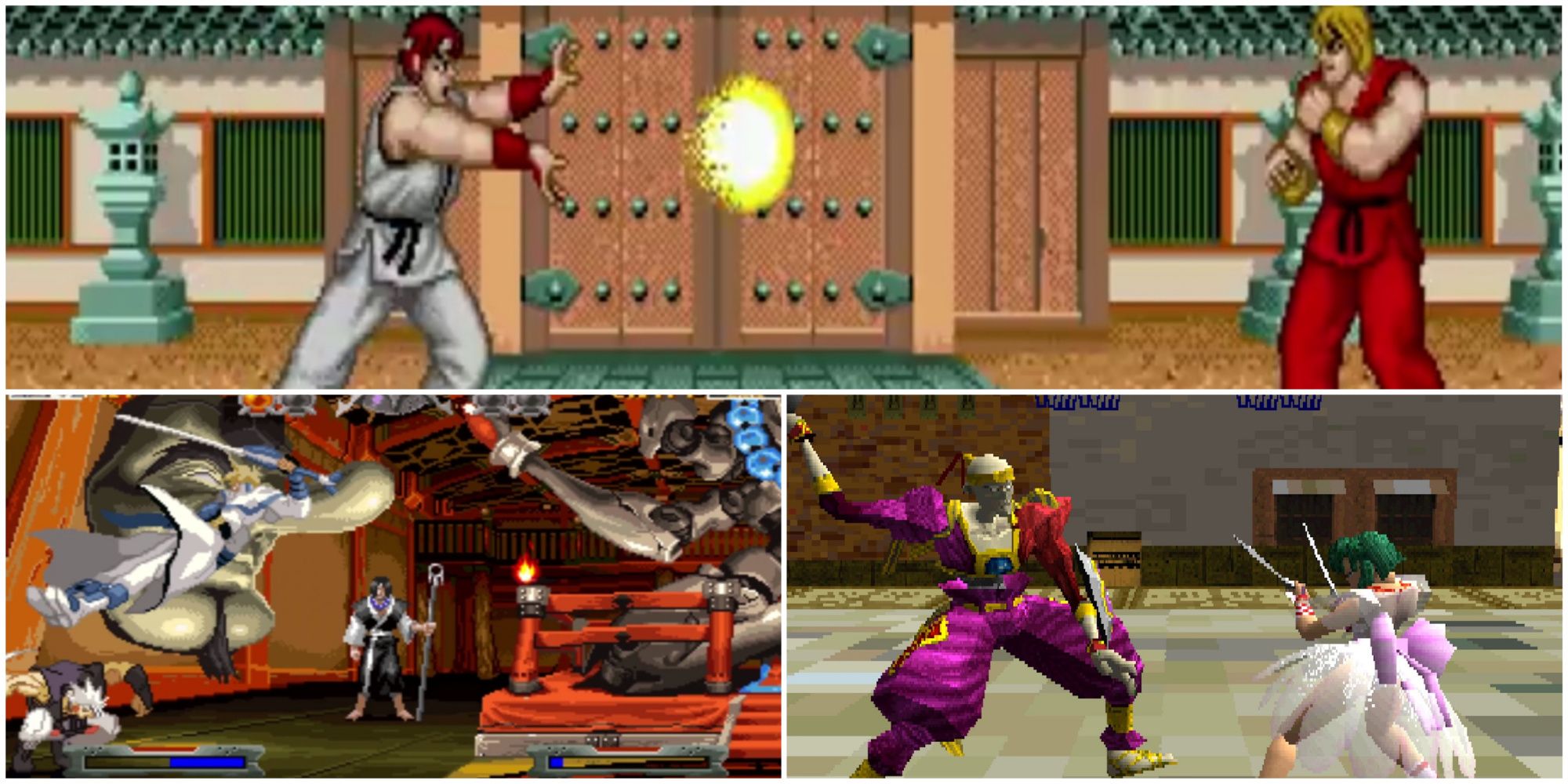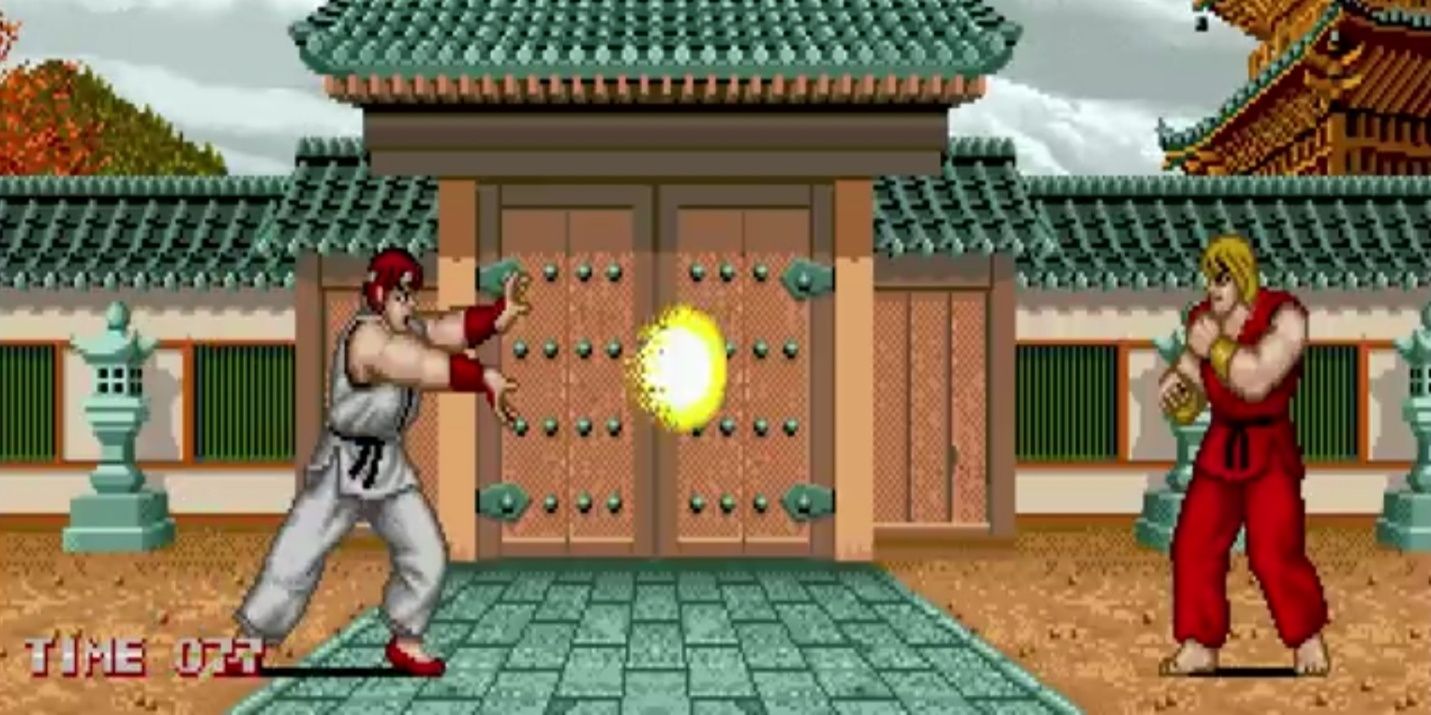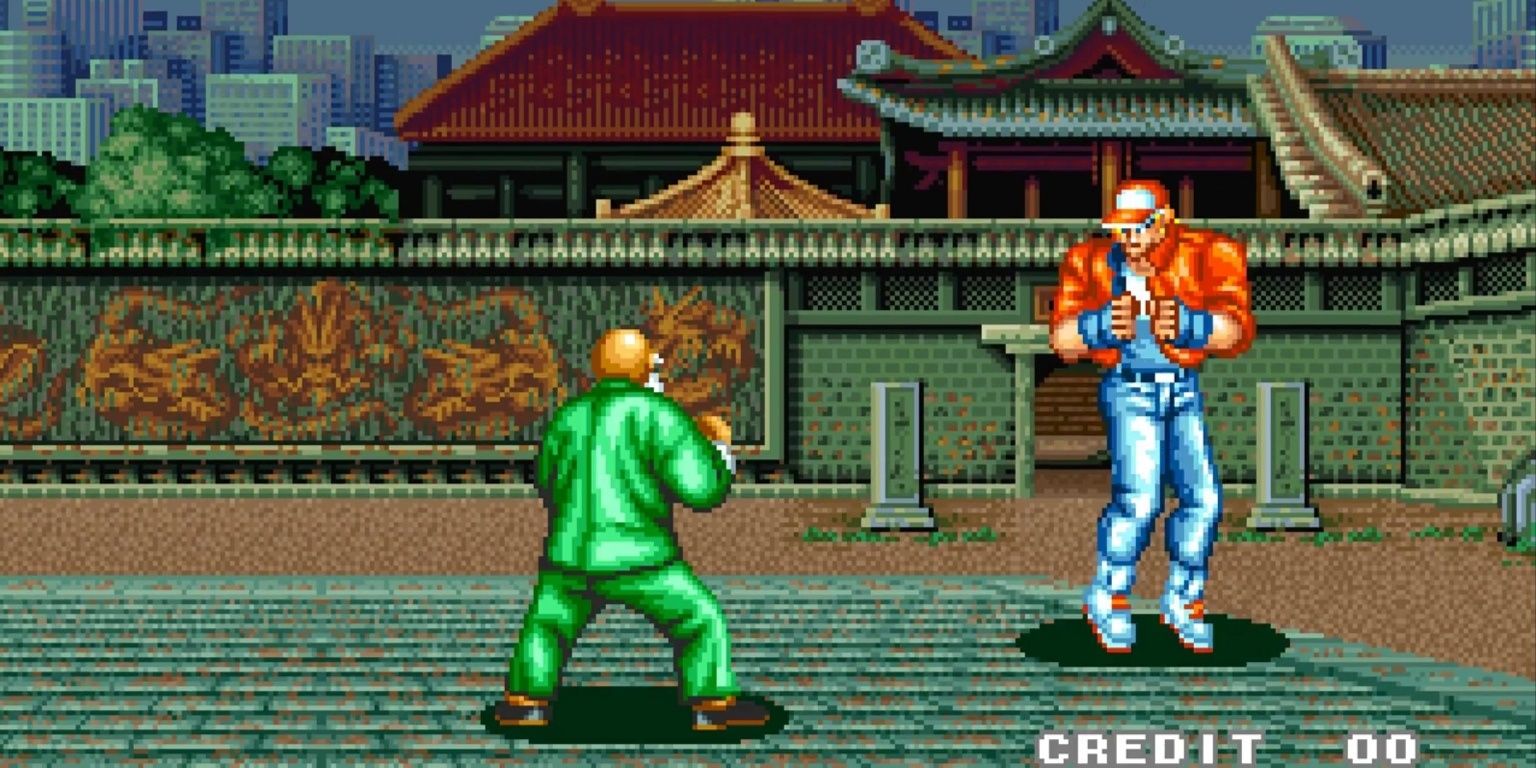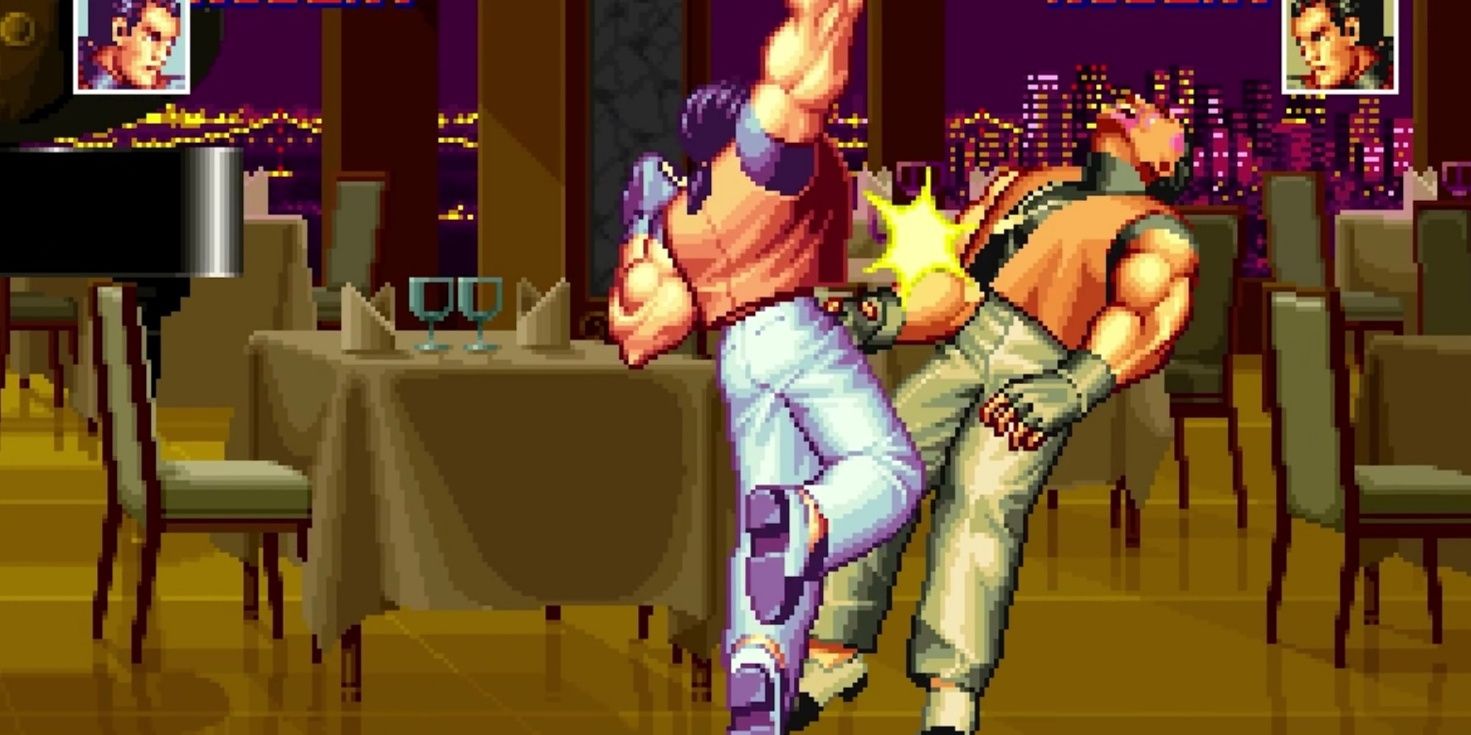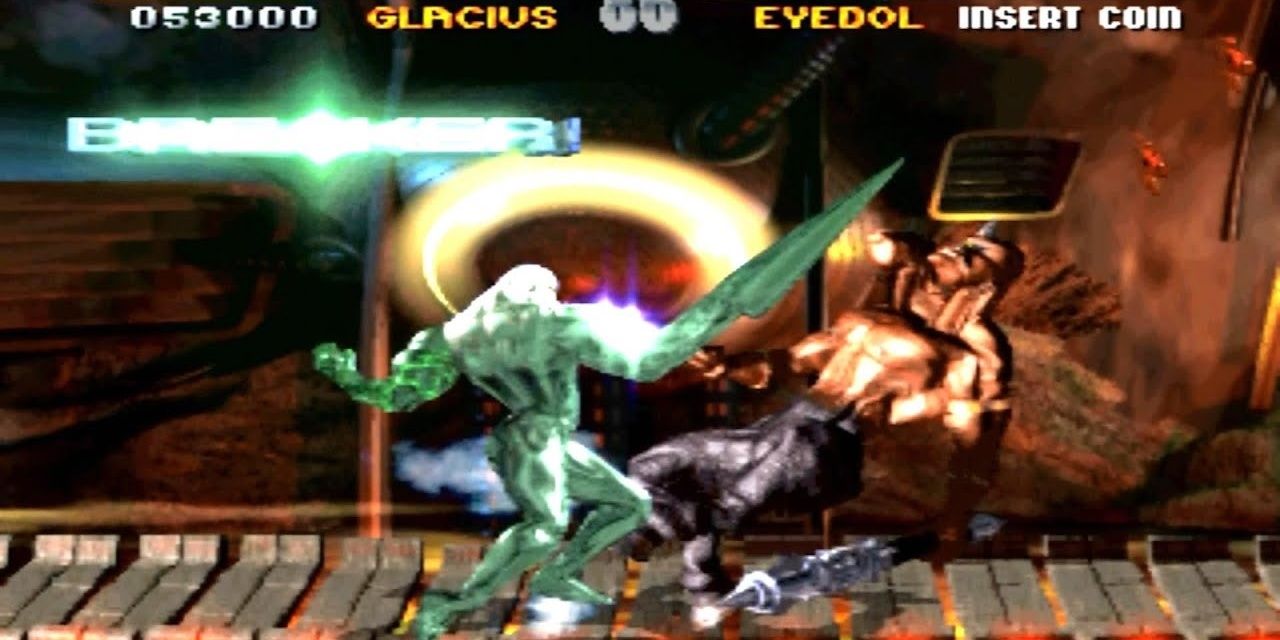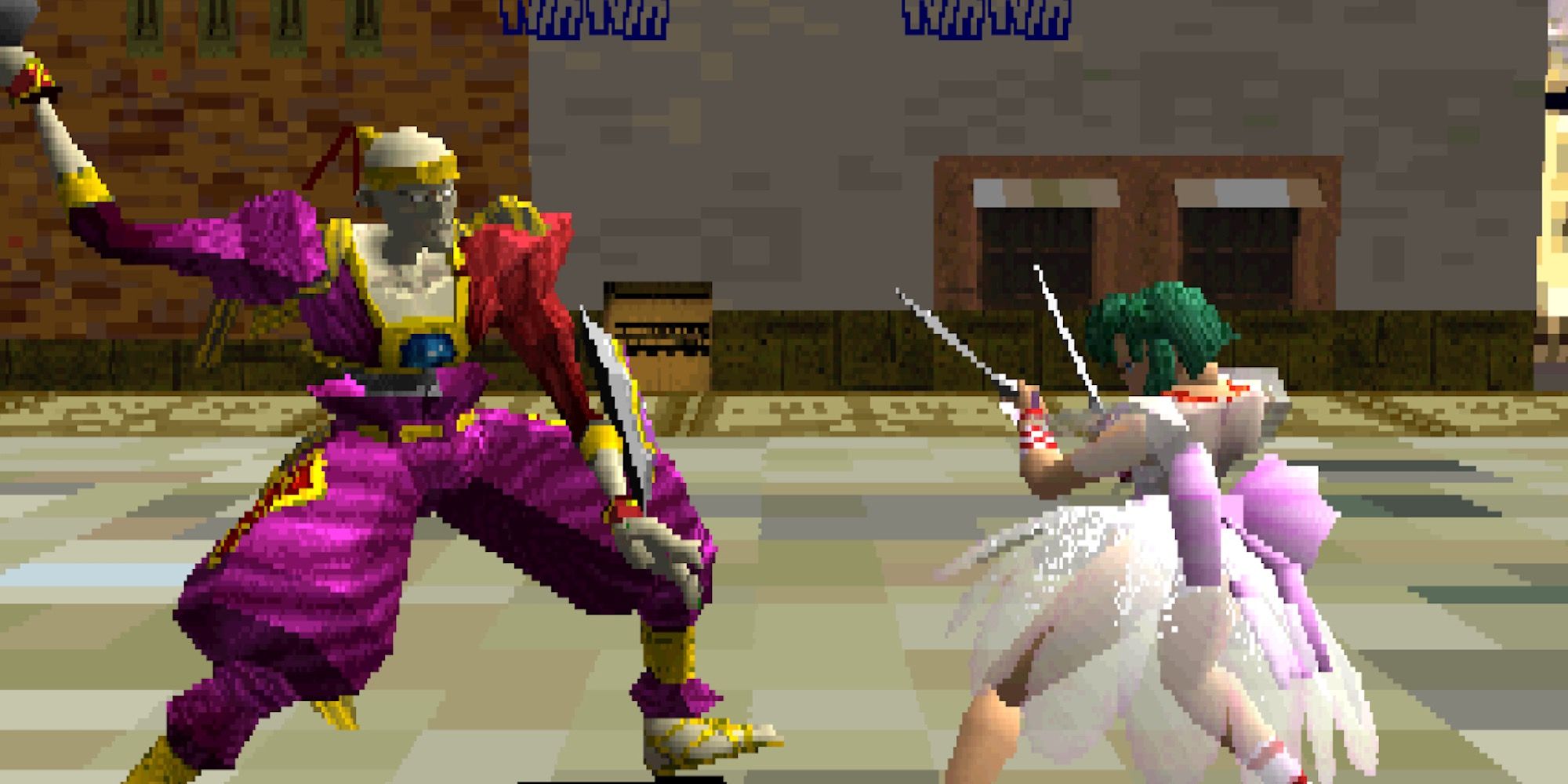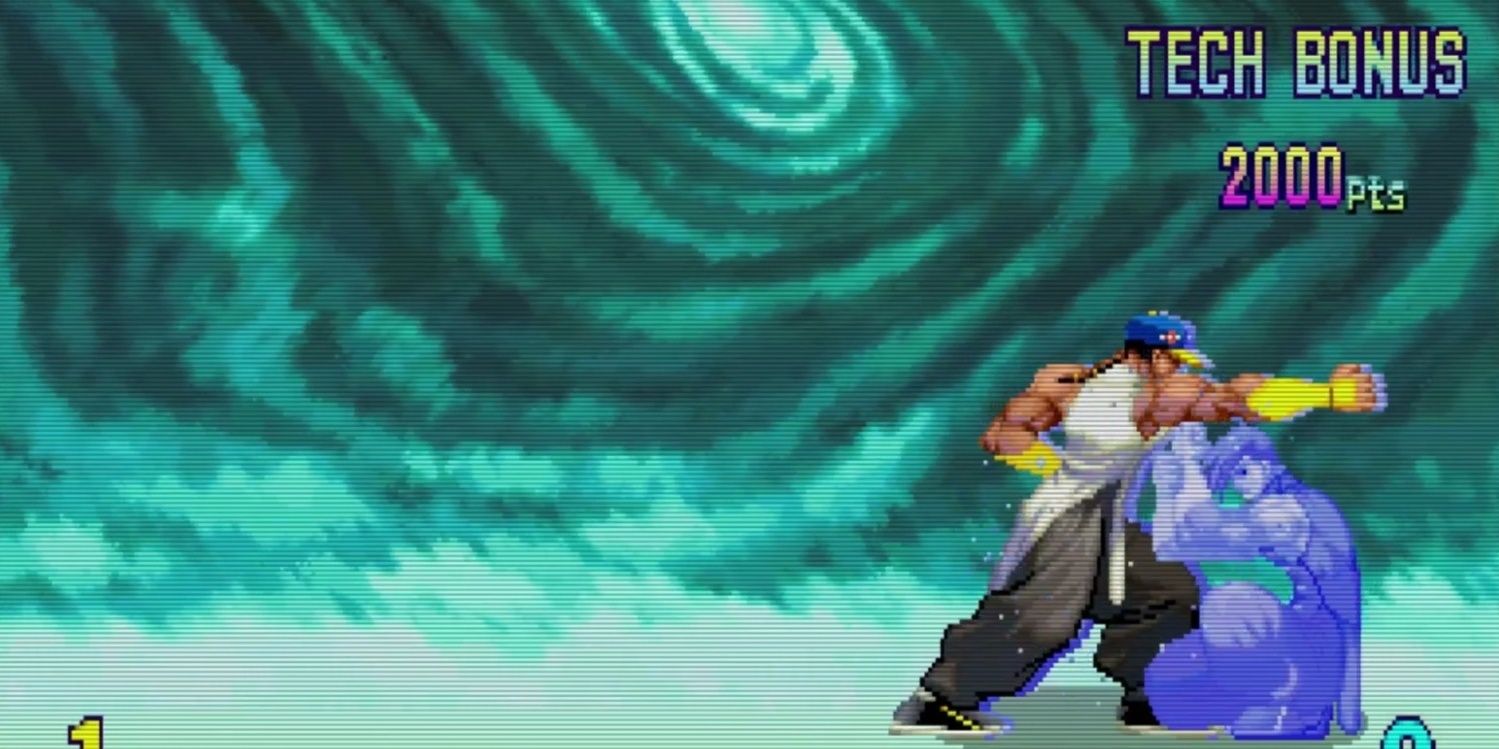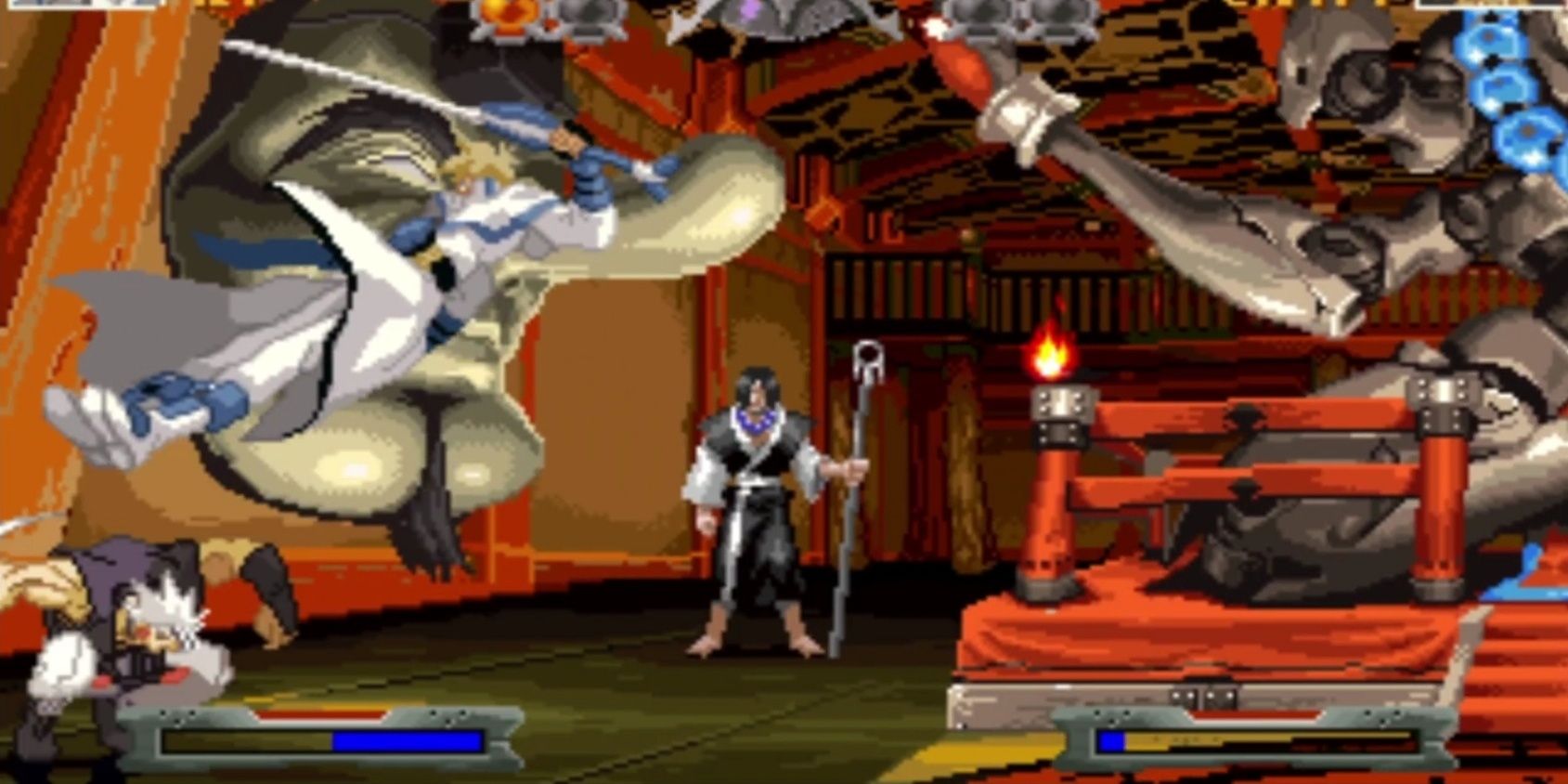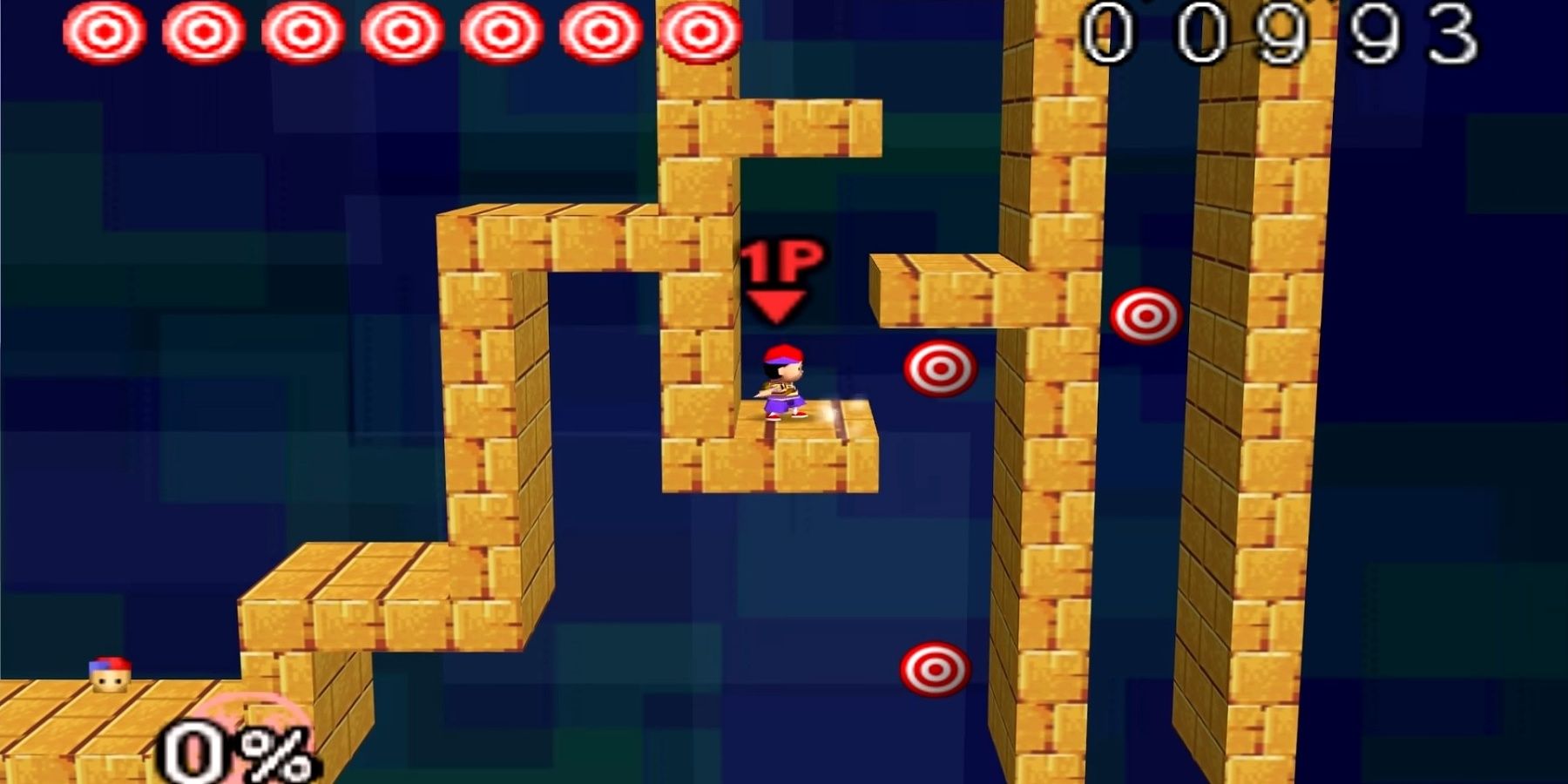Not every game stands the test of time. Either newer games manage to outshine them, or they weren’t as polished as their competitors. But that doesn't mean they're bad, as they're still likely to attract a cult audience willing to give them a chance and appreciate their moves.
They may even impress other developers, as they'd introduce new mechanics that their rivals would adopt and move their genre forward. Fighting games are a good example of this as, while these games don’t have the most glowing reputations, they’re still appreciated for the innovations they introduced.
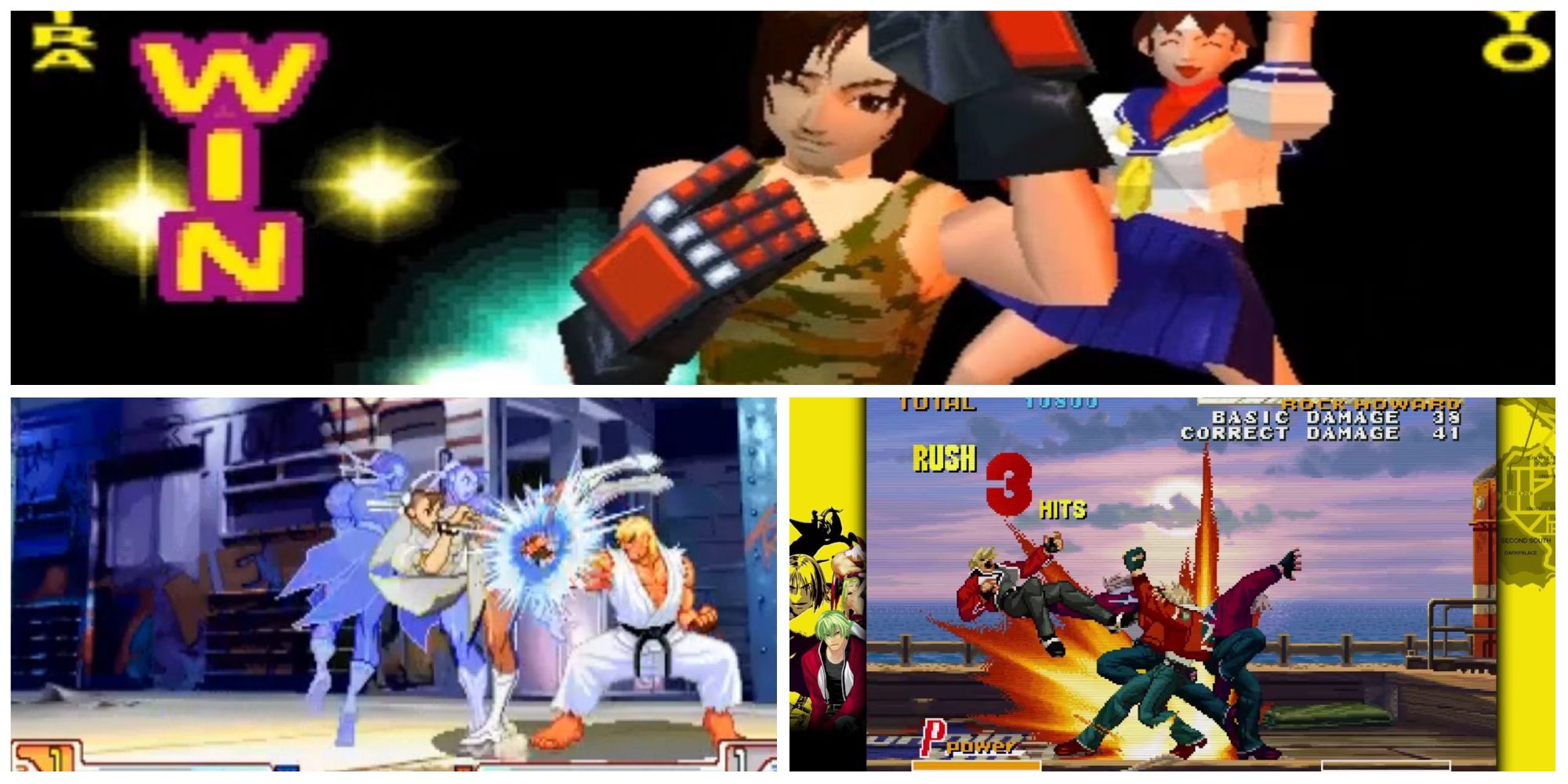
8 Fighting Games That Bombed At Launch But Became Cult Classics
Despite a terrible launch, these fighting games managed to rise to cult classic status among fans.
8 Street Fighter
Mechanic: Special Moves.
- Metascore: N/A.
- Metacritic User Score: N/A.
The original Street Fighter is the equivalent of a movie that got by more on its flash than its fundamentals. Its characters were bigger and better designed than its rivals at the time. Its original pressure pads, where Ryu and Ken would do stronger punches and kicks the harder the pads were hit, would later be replaced with the now classic 6-button setup.
Mostly to protect patrons' hands as the smashed pads could hurt them pretty badly over time.Still, its controls were even considered stiff and clunky at the time, making it a slog to play compared to the humbler-looking but smoother competitor Yie-Ar Kung Fu. But if players stuck to it, they’d be able to pull off Ryu and Ken’s special moves, including the iconic Hadouken. They had the same quarter-circle and Shoryuken motions too, albeit with stricter input reading. These motions are still used today for a variety of moves, from fireballs to chain punches.
7 Fatal Fury
Mechanic: Sidestepping.
- Metascore: 68% (based on Fatal Fury: Battle Archives Vol.1).
- Metacritic User Score: 6.1/10 (based on ACA Neo Geo port).
SF1 co-creator Takashi Nishiyama soon left Capcom and joined SNK, where he planned to improve on that game with Fatal Fury. Alongside having better storytelling and more selectable characters, the gameplay would be expanded too. The opponents would have special gimmicks like fighting with weapons, or powering themselves up as they got low on life. To counter this, the player could dodge attacks by shifting into the background or foreground, sidestepping their strikes.
As simple as it sounds, 3D fighters wouldn't dabble with the technique until Tekken 2 and Virtua Fighter 3, 4 years after FF1's 1991 release. Unfortunately, Capcom released their own sequel to Nishiyama's old game in the same year. Street Fighter 2's combos and 8-character roster beat FF1's 3 playable characters and sidesteps.
6 Art of Fighting
Mechanic: Super Combos.
- Metascore: 60% (Based on Art of Fighting Anthology).
- Metacritic User Score: N/A
Things weren’t much better for SF1’s other co-creator Hiroshi Matsumoto, who also moved to SNK with Nishiyama. He directed Art of Fighting the following year, which had bigger sprites and a zoom in/out effect when the fighters got closer or further away from each other. However, it limited special moves with a spirit meter. The less spirit the player had, the worse their specials got, and it got drained by overused or by enemy taunts.
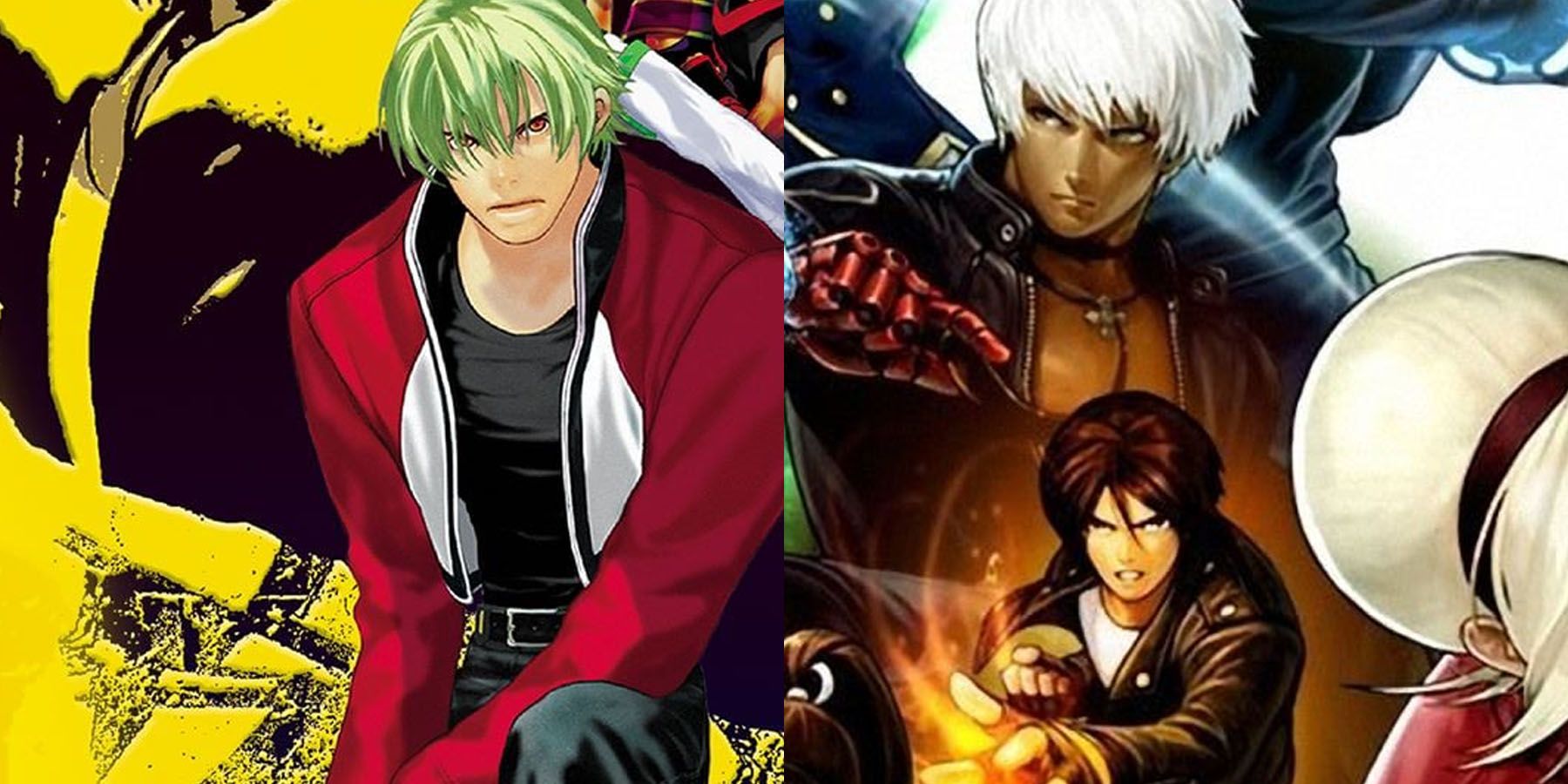
10 Best Fighting Games Developed By SNK, Ranked
SNK Playmore is famous for its slew of classic fighting games. This selection represents the best of the bunch from the developers.
Capcom would mock the series via Street Fighter Alpha’s Dan Hibiki, a character with weak special moves but lots of taunts. But they didn’t mind using AOF's biggest innovation: super combos. If the player was low on life but high on spirit, they could use it all on a big attack that could even the score. There hasn’t been a new AOF game since 1996, but it left its mark in establishing super combos as a key mechanic in fighting games.
5 Killer Instinct
Mechanic: Combo Breakers.
Killer Instinct
- Platform(s)
- Arcade , Nintendo Game Boy , SNES , Xbox One
- Released
- October 28, 1994
- Developer(s)
- Rare
- Metascore: N/A.
- Metacritic User Score: N/A.
Mortal Kombat wasn’t the most sophisticated game control-wise, but its heavy use of gore inspired a legion of imitators. Killer Instinct, made by Rare and MK creators Midway, was one of the better ones. It had a ton of charm with its very 90s-looking character roster, fantastic soundtrack, and hyped-up announcer (“ULLLLLTTTTTRRRRRRAAAAA COOMMBBBBOOOOOOO!”).
Still, playing it was another matter. The original game was more into the spectacle of big combos than how to pull them off effectively, unlike its 2013 reboot. But its (C-C-C-)Combo Breaker mechanic would pop up in other games, be it the similar-looking Alpha Counters in the Street Fighter Alpha games, or the practically identical Breakers in Mortal Kombat’s PS2 trilogy and reboot games.
4 Battle Arena Toshinden
Mechanic: First 3D Weapons Fighter, true 3D movement.
Battle Arena Toshinden
- Platform(s)
- Nintendo Game Boy , PC , PS1
- Released
- September 1, 1995
- Developer
- Tamsoft
- Metascore: 69%.
- Metacritic User Score: N/A.
Fighting with bare fists is one thing, but fighting with weapons is another. SNK got one-up on their rivals by creating Samurai Shodown. It was the best 2D weapons fighter at the time, pitting katanas against broadswords, épées against sickles, and daggers against claws among other weapons. It would go on to inspire the best 3D weapons fighter, Soul Blade/SoulCalibur, which would include SamSho hero Haohmaru as DLC for SC6.But it wasn’t the first 3D weapons fighter.
Battle Arena Toshinden not only came out a year prior to Soul Blade in 1995, but it had full 3D movement. Its characters could move around the stage in all directions when other fighters were only just beginning to experiment with sidesteps. That said, it was clunkier to perform, as players had to hold the PS1 joypad's shoulder buttons. Still, it pushed the genre forward, leading to SC1's more elegant 8-Way-Run.
3 Street Fighter 3: New Generation
Mechanic: Parries.
- Metascore: N/A.
- Metacritic User Score: N/A.
Street Fighter 3: Third Strike is practically legendary nowadays, with its beautiful animations, cool characters, and fundamentals that appeal to fans of all levels. Even if people knew nothing about it, they’d still be impressed by Evo Moment #37, when Daigo Umehara snatched victory from the jaws of defeat by parrying every strike of Justin Wong’s super combo and retorting with his own match-winning moves.
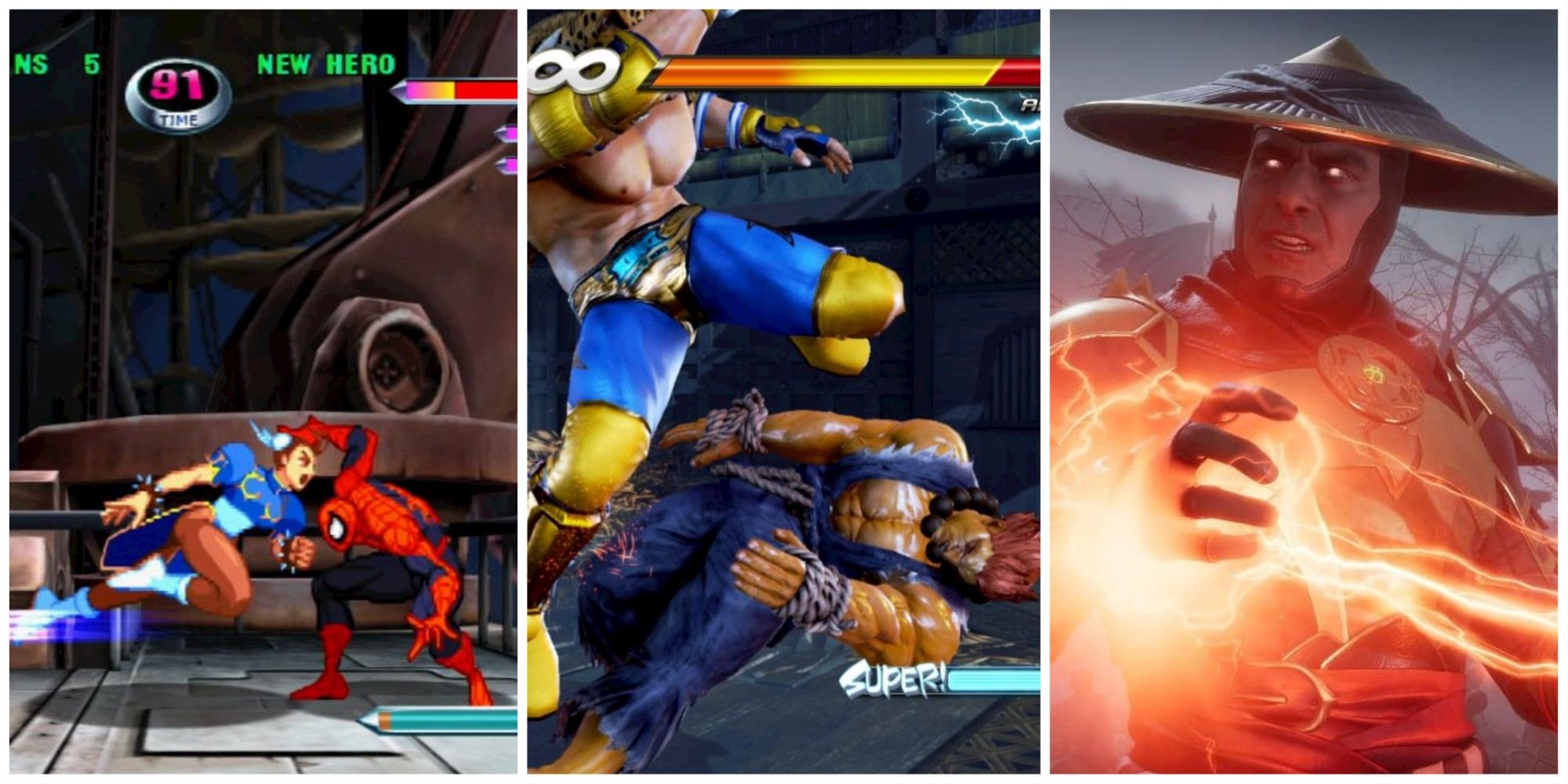
10 Iconic Fighting Game Mechanics
There are some mechanics in fighting games that are iconic enough that they appear in several titles, like these great examples.
However, it wasn’t the first SF game to use parries. They were introduced by its predecessor, Street Fighter 3: New Generation. It’s a hard game to go back to after TS, as its controls are much stodgier by comparison, and lack many of TS’s features like EX moves. But without it, there would be no parries in Capcom Vs SNK 2, SF5 or SF6, nor arguably Just Defends in Garou: Mark of the Wolves or Metal Gear Rising's similarly-performed parries.
2 Guilty Gear
Mechanic: Air Dashing.
- Metascore: N/A.
- Metacritic User Score: 5.6/10.
Anime fighters have almost become a sub-genre unto themselves. By this, this doesn’t (necessarily) mean the big arena fighters based on Naruto, Bleach and other Shonen Jump hits. They’re games like Melty Blood, BlazBlue, and Persona 4 Arena Ultimax, which look like playable animes with their flashy character designs, convoluted plots, and crazy mechanics.They all essentially began with ArcSys Works' Guilty Gear, but it wasn't as polished as its future entries. It had grungy, pixillated visuals, difficult AI, and broken gameplay thanks to its Instant Kill finishers.
Still, it introduced air-dashing as a universal mechanic, adding a new angle to midair and aerial attacks. Without it, the anime fighter wouldn't be as fast or dynamic. Even so, most fans tend to stick to its successors like Guilty Gear X2.
1 Super Smash Bros
Mechanic: Created the modern Platform/Mascot Fighter subgenre.
- Metascore: 79%.
- Metacritic User Score: 8.6/10.
This is an odd inclusion. The original Super Smash Bros on the Nintendo 64 is obviously dated next to its sequels, lacking their additional features and characters. But for a game from 1999, it still controls smoothly enough today to make for a fun party game. What made it polarizing was the debate over whether it counted as a fighting game, as Tekken, Virtua Fighter, etc., didn't use platforms, percentages, or Pokemon.
Both it and its sequel Melee had a lot of random elements that made it hard to run fair tournaments for serious players. HAL Labs even seemed to discourage serious play by adding more random elements, like tripping in Brawl. But they eventually included tournament-friendly options in later games like the ‘For Glory’ mode. The debate will likely continue, but there’s now a comfier spot for platform fighters today thanks to the Smash series.

